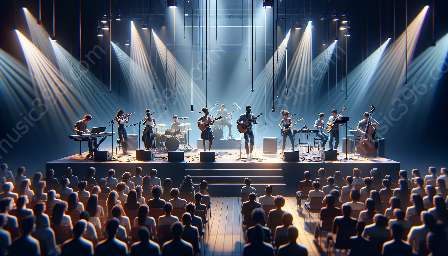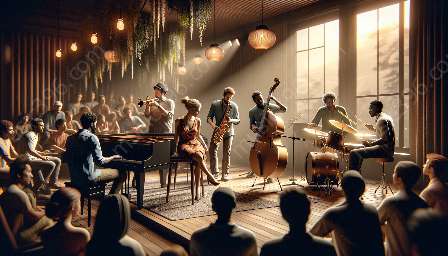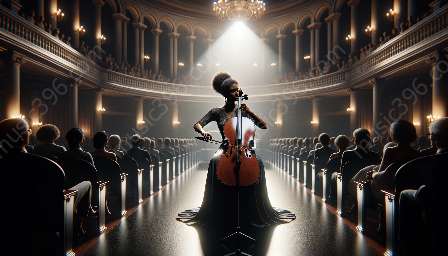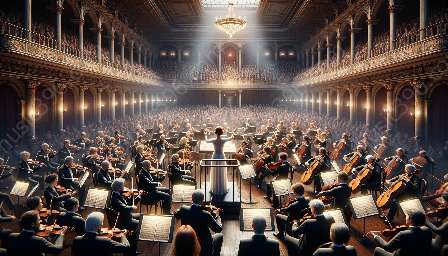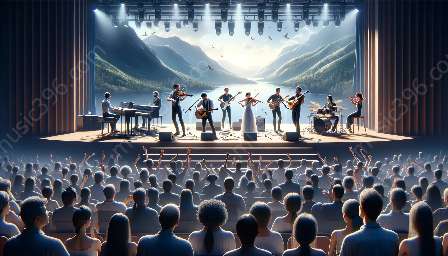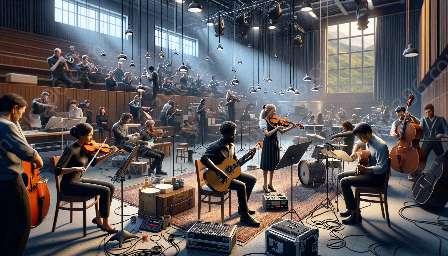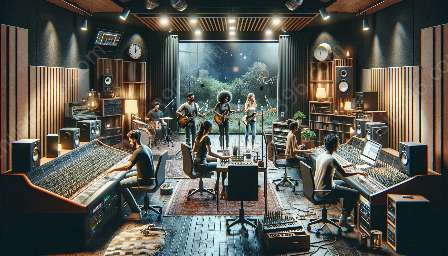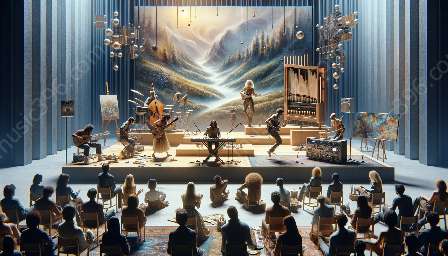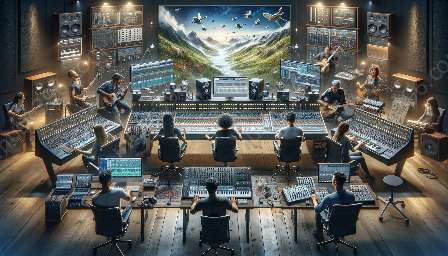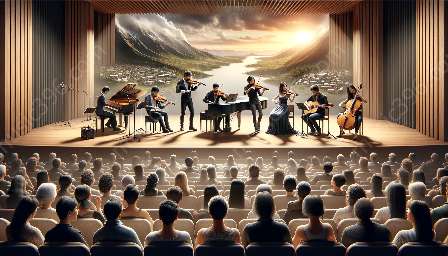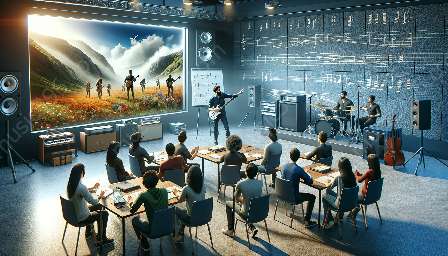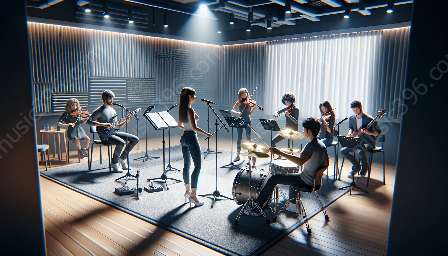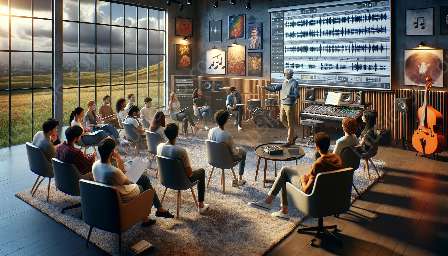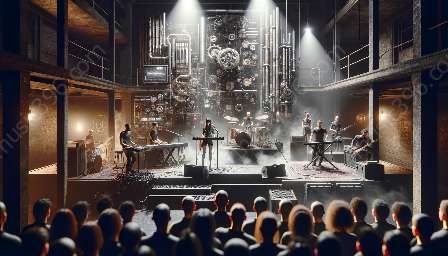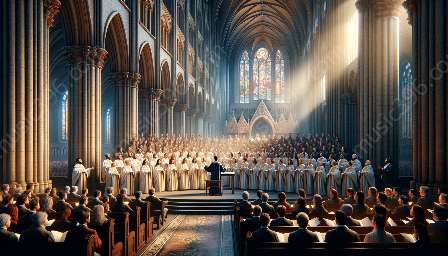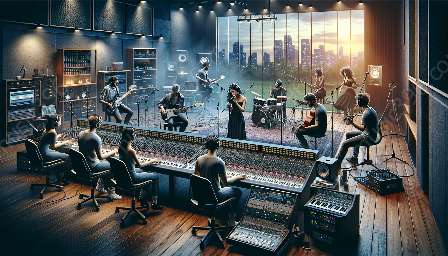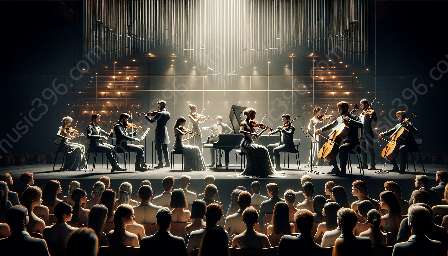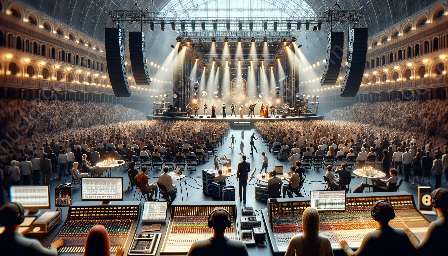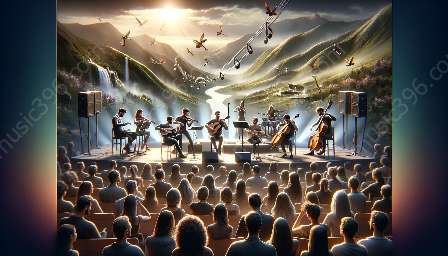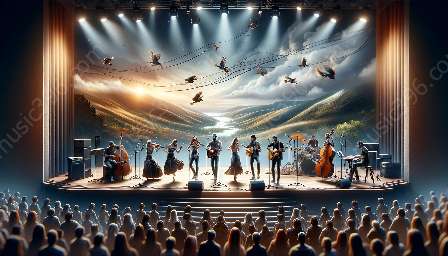High-quality studio recording is a crucial aspect of music production, requiring a thorough understanding of recording equipment, techniques, and principles. Whether you are a musician, producer, or audio engineer, mastering the fundamentals of studio recording is essential for creating professional and captivating music.
Understanding Studio Recording
Studio recording involves the capture, manipulation, and storage of sound for music production. It requires a combination of technical skills, creativity, and knowledge of recording equipment.
Music performance recording techniques play a vital role in achieving high-fidelity audio recordings. The successful application of these techniques enhances the overall quality and impact of a music performance.
Essential Equipment for Studio Recording
Before delving into the recording process, it's crucial to have a basic understanding of the essential equipment used in studio recording. This includes microphones, preamps, audio interfaces, studio monitors, and recording software. Each piece of equipment serves a specific purpose in the recording chain, contributing to the overall sound quality and fidelity of the music performance.
Microphones
Microphones are a fundamental tool in studio recording, responsible for capturing sound and converting it into electrical signals. There are various types of microphones, each with unique characteristics and applications. Understanding microphone types and their optimal placement is essential for achieving the desired sound capture during music performances.
Preamps
Preamps amplify the weak signals from microphones and instruments to a level suitable for further processing. They play a crucial role in maintaining the integrity of the recorded audio and shaping its tonal characteristics.
Audio Interfaces
Audio interfaces serve as the bridge between analog and digital audio signals. They allow for the connection of microphones, instruments, and other audio sources to a computer for recording and processing.
Studio Monitors
Studio monitors are essential for accurately reproducing the recorded audio. Their flat frequency response and precise imaging provide an accurate representation of the music performance, enabling critical listening and sound quality assessment.
Recording Software
Recording software, also known as digital audio workstations (DAWs), is a vital tool for editing, mixing, and mastering recorded audio. Understanding how to effectively use recording software is essential for achieving professional-quality music recordings.
Music Performance Recording Techniques
Music performance recording techniques encompass a wide range of approaches used to capture and process live music performances. These techniques aim to faithfully reproduce the nuances and emotive qualities of a musical performance, ensuring a captivating and authentic listening experience.
Microphone Placement
The placement of microphones during a music performance significantly affects the recorded sound. Techniques such as close miking, room miking, and stereo miking offer different sonic perspectives and are employed based on the specific requirements of the music performance.
Acoustic Treatment
Creating an acoustically suitable environment for music performances is essential in achieving high-quality recordings. Proper acoustic treatment of the recording space helps minimize undesirable reflections and reverberations, leading to cleaner and more balanced recordings.
Mixing Techniques
During the mixing stage, various techniques, such as equalization, compression, and reverb, are applied to enhance the recorded music performance. Understanding how to effectively apply these techniques is crucial for achieving a balanced and impactful mix.
Music Performance and Studio Recording
Music performance and studio recording are inherently interconnected, with each influencing the other in profound ways. As musicians strive to deliver compelling performances, the art of studio recording acts as a vessel for capturing, preserving, and enhancing the essence of those performances.
By understanding the fundamentals of studio recording and music performance recording techniques, musicians, producers, and audio engineers can elevate their creative endeavors and produce music of exceptional quality and emotional resonance.


